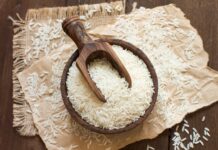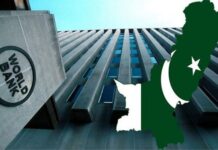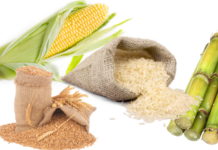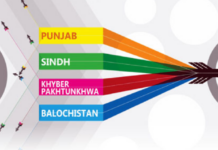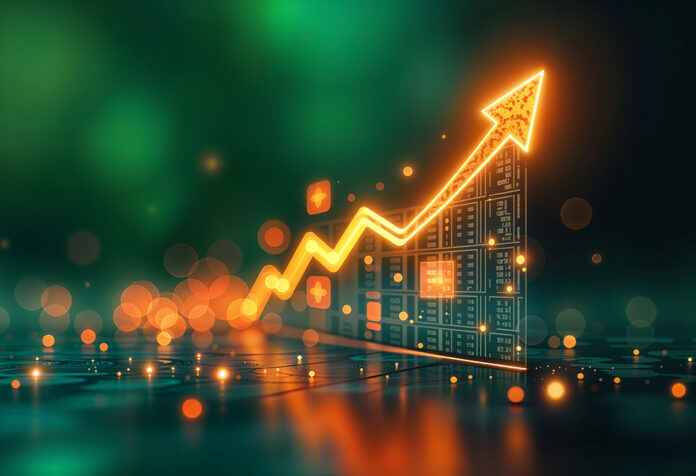Just over two years ago, Pakistan stood on the precipice of economic collapse. Credit rating agencies Fitch and Moody’s delivered a devastating blow, downgrading the country’s sovereign rating to levels not seen in decades. The message from global markets was unmistakable: Pakistan had become toxic.
The eurobond market told the story in stark numbers. Bonds with a $100 face value were trading at just $35 in secondary markets, a fire sale that reflected investors’ desperate rush to offload what traders had written off as junk. Pakistan appeared destined to join the ranks of Ghana, Zambia, and Ethiopia in the club no nation wants to enter: sovereign default.
The crisis didn’t emerge overnight. While the foundations had been cracking for years, the perfect storm arrived in 2022. External shocks hammered the economy relentlessly. The Russia-Ukraine war sent Brent crude soaring to $130 per barrel, devastating floods submerged one-third of the country, and domestic political turmoil created policy paralysis. The rupee plummeted, inflation soared to 40%, energy costs became unaffordable, and the government faced rapidly dwindling financing options.
Yet something interesting has happened over the past year. The economy that once seemed beyond salvation is showing signs of life. The chaos and desperation that defined Pakistan’s economic narrative just two years ago have given way to cautious optimism. This shift isn’t just wishful thinking. Fitch recently upgraded Pakistan’s sovereign rating to B+, marking the third upgrade in less than two years.
But what exactly has Pakistan done right? Is this turnaround sustainable, or merely a temporary reprieve before the next crisis hits? The content in this publication is expensive to produce. But unlike other journalistic outfits, business publications have to cover the very organizations that directly give them advertisements. Hence, this large source of revenue, which is the lifeblood of other media houses, is severely compromised on account of Profit’s no-compromise policy when it comes to our reporting. No wonder, Profit has lost multiple ad deals, worth tens of millions of rupees, due to stories that held big businesses to account. Hence, for our work to continue unfettered, it must be supported by discerning readers who know the value of quality business journalism, not just for the economy but for the society as a whole.To read the full article, subscribe and support independent business journalism in Pakistan


